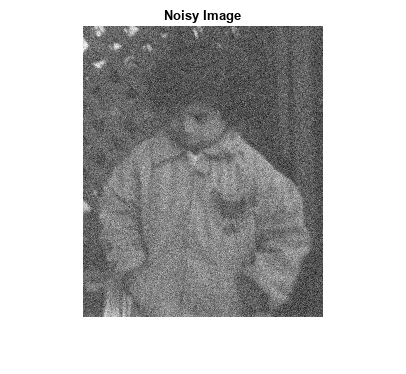imdiffuseest
Estimate parameters for anisotropic diffusion filtering
Syntax
Description
[
estimates the gradient threshold and number of iterations required to filter the
grayscale image gradientThreshold,numberOfIterations] = imdiffuseest(I)I using anisotropic diffusion.
[
uses name-value pairs to change the behavior of the anisotropic diffusion
algorithm.gradientThreshold,numberOfIterations] = imdiffuseest(I,Name,Value)
Examples
Input Arguments
Name-Value Arguments
Output Arguments
References
[1] Perona, P., and J. Malik. "Scale-space and edge detection using anisotropic diffusion." IEEE® Transactions on Pattern Analysis and Machine Intelligence. Vol. 12, No. 7, July 1990, pp. 629–639.
[2] Tsiotsios, C., and M. Petrou. "On the choice of the parameters for anisotropic diffusion in image processing." Pattern Recognition. Vol. 46, No. 5, May 2013, pp. 1369–1381.
Version History
Introduced in R2018a

